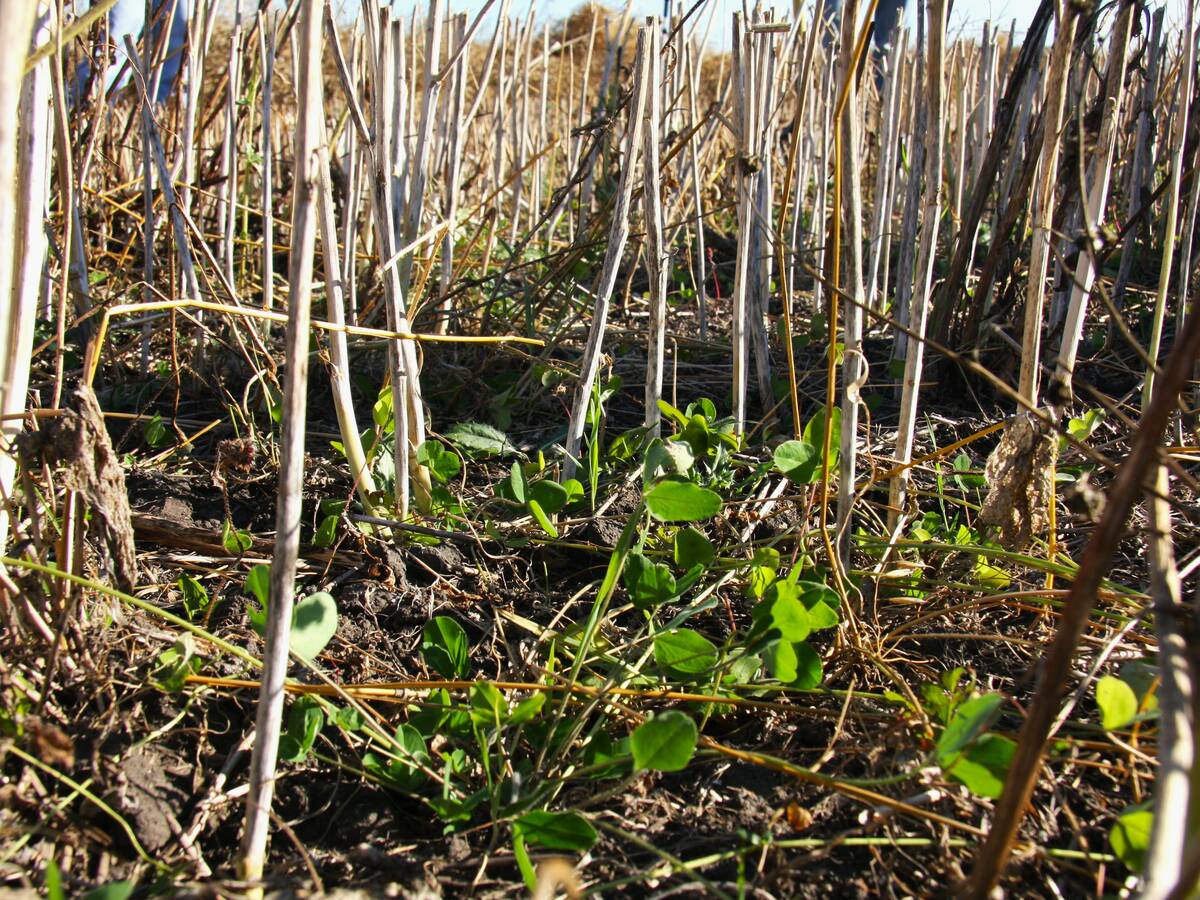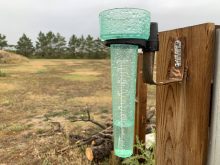I predict a Golden Age of Disappointment to follow the end of the Canadian Wheat Board’s monopoly.
At least it will be for those who have exercised their lungs aggressively for 20 years about the allegedly overwhelming importance of the issue. For less ideological farmers, it’ll be just another year of grinding out a margin in the face of weather and market volatility.
Life after the board will be neither as good nor bad as pugilists of either political extreme predict, and the post-board reality will once more reinforce the importance of marketing and risk management, regardless of the marketing system involved. Surviving in the prairie grain growing business has always been brutally hard and I doubt the wheat board has made much difference to whether farmers survived or failed over the past few decades.
Read Also

Saskatchewan project sees intercrop, cover crop benefit
An Indigenous-led Living Lab has been researching regenerative techniques is encouraging producers to consider incorporating intercrops and cover crops with their rotations.
“It’s all about margin,” a Bank of Montreal agricultural lending manager told me recently during a panel discussion examining the bank’s projection of good growth in prairie agricultural production, but it’s also about high risks.
Crop prices are likely to be good, but input prices will probably be high, and everything’s going to be volatile, so don’t get caught buying expensive inputs and selling cheap crops six months later.
That’s the bottom line I took from the discussion, and it’s something that almost all farmers already realize but few act upon.
Derek Squair of Agri-Trend Marketing laughed when he told me that farmers hate to lock in canola prices a year before they sell their next crop, but they have no problem locking in the fertilizer prices that will be the biggest cost of producing that crop.
Many farmers seem to be dating the Twin Sisters of Error when dealing with the input-crop spread.
They get worried when fertilizer prices surge so they lock in prices before they can rise further. That’s sister Fear.
But if canola prices are good, many of the same farmers assume they will just get better,and won’t lock anything in. That’s sister Greed.
Some marketing advisers who offer whole farm risk management strategies encourage farmers to lock in margins and spreads between their chief inputs as they make commitments.
For example, they will sell $100,000 of new crop canola if they buy $100,000 of fertilizer, just to ensure that particular component of exposure is covered off at a profit.
That’s less exciting than holding off all crop pricing and rolling all the dice on a possible future rally that will make a once-in-a-lifetime windfall. However, it’s the kind of thing that can help a farm business survive in bad years when the spreads swing the wrong way, and leaves lots of room to make good money when it goes the other way.
But sensible margin protection and risk management is not exciting, and certainly far less exciting than jumping up and down screaming about the wheat board, pro or con.
What I’ll be most interested in observing next year is how those farmers most involved in the wheat board debate act in the aftermath.
If they’ve been blaming the CWB for why they can’t make money growing wheat, they might have to reassess their problems if they still can’t make money.
And if they have been believing that the existence of the board is what is making them viable, they might be surprised if they’re still viable after the board’s single desk is gone.















